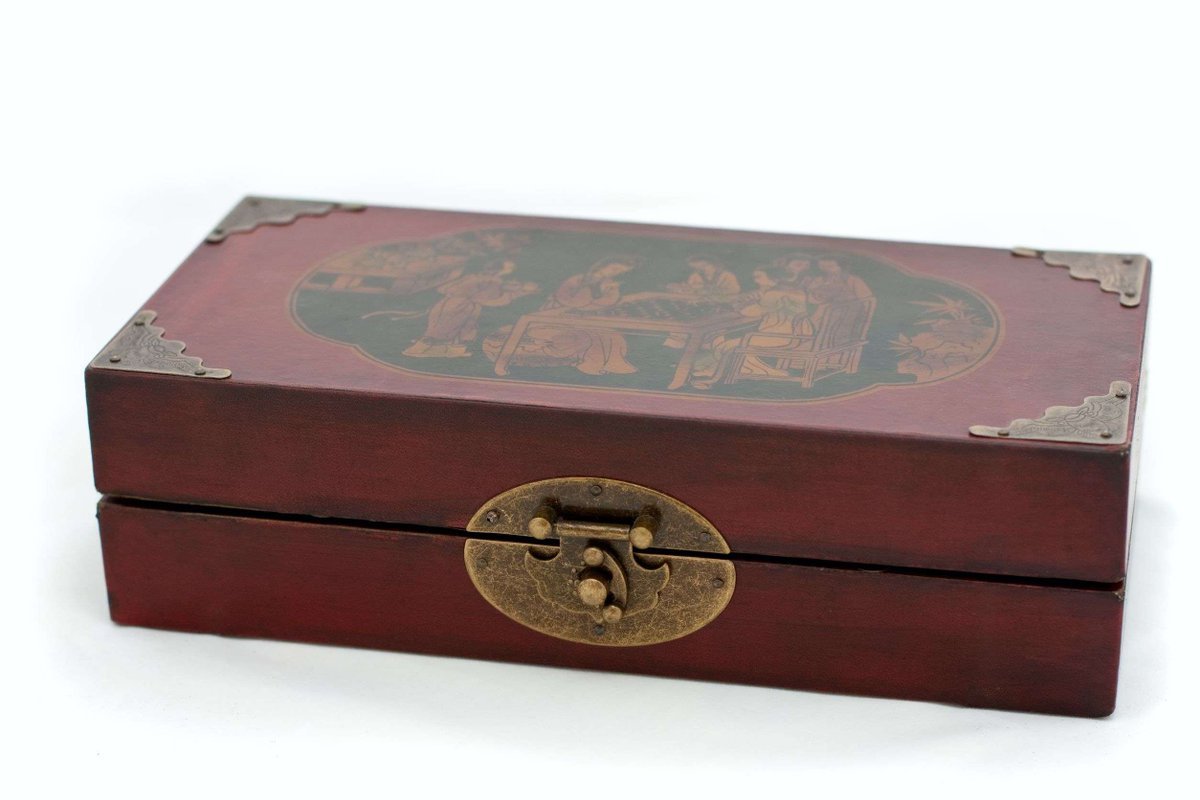Introduction
“Kalpa vigraha” is a name that pops up online and sounds mysterious. People say it’s an ancient idol, maybe the oldest ever. They tell dramatic stories: hidden chests, secret tests, and even government files. But stories spread fast on the internet and fast stories are not always true. In this article I’ll explain what the words mean, what people are claiming about the kalpa vigraha, what evidence exists (and what does not), how experts judge such claims, and how you can check for yourself. I researched the popular claims and the reliable science behind dating and artifacts so you can decide with a clear head. My aim is to be helpful, honest, and simple so let’s unpack the kalpa vigraha story step by step.
What the words mean: “kalpa” + “vigraha”
The phrase kalpa vigraha joins two Sanskrit ideas. Kalpa can mean different things: it’s a branch of Vedic ritual rules (the Kalpa Vedanga) and also a huge unit of cosmic time in Hindu thought. Vigraha means form, image, or icon a statue or sacred shape used in worship. Put together, kalpa vigraha could be read as a “timeless image” or “ritual idol,” depending on context. That etymology helps explain why the phrase attracts attention: it sounds both sacred and ancient. Still, a neat name does not prove age or origin it only helps us understand why people would use that label for a special object.
The viral story in simple terms
On blogs, social posts, and videos you’ll find a repeating tale: someone discovered a small metal idol (the kalpa vigraha) inside a heavy wooden chest. The chest was allegedly carbon-dated and the results are reported as tens of thousands of years old often given as around 26,450 BCE. The story adds dramatic details: a Tibetan monk gave the chest to Western agents, the chest was studied in U.S. labs, and the idol carried mysterious manuscripts. The tale circulates widely online and is treated as a “wow” archaeological shock by many who share it. These posts are the main source of the modern kalpa vigraha legend.
How the discovery story usually reads (common elements)
Typical retellings list similar elements: a small figurine described as resembling Shiva or Vishnu; an oddly constructed chest with thick timbers and metal lining; a manuscript inside the case with instructions; radiocarbon tests on the chest timber giving very early dates; and governmental or intelligence interest that then hides or controls the object. Those dramatic pieces make a good story, but they also raise red flags for historians and archaeologists: the chain of custody is vague, the test data are usually not published in scientific journals, and many details are repeated from one unverified source to another. In short, the kalpa vigraha tale reads like a modern legend built from a few unverified claims.
The radiocarbon dating claim — what people say and what it means
A central claim is that the chest wood was radiocarbon-dated to about 26,450 BCE. Radiocarbon dating (C-14) measures the decay of radioactive carbon to estimate the age of organic material. It’s a standard archaeological tool, but results depend on sampling, lab protocols, calibration, and peer review. Dates of many thousands of years are possible, yet extraordinary claims like a manufactured metal idol connected to modern religious iconography matching such deep prehistory must be backed by transparent lab reports and independent verification. Without that, a single quoted date on the internet is not enough.
Why extraordinary claims need extraordinary evidence
If someone says a crafted metal idol was made well before known metallurgy or established cultural periods, that claim changes how we view history. Scientists demand reproducible evidence: documented excavation context, clear chain of custody, published lab reports, independent lab replication, and peer review. Radiocarbon dating a chest’s wood is relevant, but it doesn’t automatically date a metal object inside unless the deposit is securely associated and contamination is ruled out. Also, labs and museums usually publish details for major finds; secrecy and anonymous sources are warnings that the story may be unreliable. In short: big dates require big proof.
Scholarly and institutional silence (what that suggests)
One strong sign about the kalpa vigraha story is this: there is no trace of a peer-reviewed archaeological report or a reputable museum catalogue entry confirming an idol with the dramatic dating that many posts claim. When a find is genuinely world-changing, universities, journals, and major museums document it. The absence of such documentation — and the presence of the story mainly on blogs, social media, and fringe sites suggests the claims are unverified and should be treated cautiously. Researchers and online archivists have debated the story and flagged it as doubtful or unproven. That academic silence matters.
Could the story connect to real temple treasures?
Another source of confusion is the famous treasure in Kerala’s Padmanabhaswamy Temple. When large temple vaults were opened in 2011 the world heard about golden idols, chests, and ancient riches — and that created fertile ground for associating any “ancient idol story” with temple vault myths. Some online posts mix the Padmanabhaswamy treasure story with the kalpa vigraha legend, which amplifies the dramatic appeal but does not add evidence. Always check whether a source names a specific museum, catalog number, or peer-reviewed study before assuming a link.
Where legends like this often come from (how internet myths grow)
Internet legends blend a few elements: a catchy phrase (kalpa vigraha), appealing visuals, a dramatic date, and a hint of conspiracy. Those pieces spread quickly. Bloggers and social posts sometimes repeat each other without fresh verification, and videos/threads can repackage the same claims as new “revelations.” In many cases the original claim is weak or anonymous (for example “a lab in the US dated it”), but retellings add details that make the story smoother and more shareable. Understanding that process helps you slow down and ask for sources, lab names, published reports, or photos tied to known collections. A skeptical, friendly question is the best defense against being misled.
The cultural side — what a vigraha means in living practice
Regardless of the legend’s truth, the idea of a vigraha matters deeply in Hindu practice. A vigraha (murti) is more than a statue: it is a focus for devotion, a ritual presence, and a symbol of a living tradition. Temples, private shrines, and homes use vigrahas in worship. That cultural meaning helps explain why claims about an extremely old “kalpa vigraha” attract strong feelings such an object would have symbolic weight beyond its archaeological value. It’s important to respect that living religious context while still seeking clear evidence for historical claims.
Real ancient icons — what archaeology actually shows
Archaeology provides many genuine examples of very old human images: Paleolithic figurines (like the Venus of Willendorf) and later Indus Valley terracotta and bronze figures show long traditions of creating human and sacred shapes. But continuous, well-dated sequences and published finds are how experts build history. Where claims leap to tens of thousands of years for a complex metal idol, mainstream archaeology asks for excavation records, metallurgical studies, and peer-reviewed publication. Genuine prehistoric figurines are usually made of stone, bone, or fired clay; metallurgy spread later and is tied to specific regions and dates. Knowing that helps us see which claims are plausible and which are not.
How to check a sensational artifact claim — a short checklist for readers
If you see another dramatic claim about a kalpa vigraha (or any “oldest object”), here’s a simple way to check it:
- Look for a named lab and a published report.
- Ask whether multiple labs replicated the dating.
- See if a museum or university lists the object with an accession number.
- Watch for clear photos with scale and provenance.
- Check for peer-reviewed articles or reputable news coverage.
- Be cautious of anonymous “insider” claims or posts that cite only each other.
If many of these are missing, treat the story as unverified. These steps follow how professional archaeology evaluates finds.
My view — why I’m cautious about the kalpa vigraha legend
As someone who looks for clear evidence, the kalpa vigraha story reads like a modern legend built on a few unverified claims. The idea is fascinating and emotionally powerful who would not be moved by the thought of a timeless idol? but cultural value and historical fact are different things. I trust transparent lab data, museum records, and peer-reviewed reports. Without them, the most responsible position is open curiosity plus skepticism: enjoy the story as a myth until proven otherwise, and encourage solid documentation if new evidence appears. This approach respects both faith and science.
FAQs — common questions about the kalpa vigraha
1) Is the kalpa vigraha real?
The kalpa vigraha story exists online, but the artifact and its dramatic dating are not verified in academic literature or major museum records. Many blogs and videos repeat the tale, yet researchers note the lack of published lab reports or institutional catalogs confirming it. So treat the story as unconfirmed until credible evidence appears.
2) Is the 26,450 BCE date credible?
Radiocarbon labs can produce very old dates for organic materials. But a single quoted number online is not the same as a full, transparent scientific result. For a metal object inside a wooden chest, archaeologists would want documented context, published lab methods, and ideally independent replication. Without those, you should not accept a single online date as established fact.
3) Where was the kalpa vigraha allegedly found?
Different accounts give different origins — some say the chest came from the Himalayas, others hint at temple vaults. The accounts are inconsistent and typically vague about exact location, museum, or excavation report. That vagueness is a red flag. Reliable archaeological finds come with clear provenance and documentation.
4) Could it be a hoax or misinterpretation?
Yes. Many similar stories have turned out to be hoaxes, misreadings of data, or modern objects misrepresented as ancient. Mislabeling, poor sampling, or even folklore can become a “fact” on social media. Archaeological hoaxes can be convincing, which is why critical tools like peer review, lab transparency, and museum records are essential for sorting truth from fiction.
5) If the chest wood is old, does that prove the idol is old?
Not automatically. If wood inside a chest dates to a far older range, it might mean the chest or its timber is old but the idol could be a later insertion, a rewrapping, or a modern item placed in an antique case. Archaeology looks at context: were items in the chest deposited at the same time? Were there seals, inscriptions, or other markers tying them together?
6) How can I stay informed and avoid being misled by similar stories?
Prefer primary sources: lab reports, museum catalogs, peer-reviewed articles, or reputable news outlets that cite experts. If you read a sensational claim, check whether it names a lab or university, and search for that lab’s published results. Ask whether independent labs replicated the test. Finally, treat anonymous “insider” claims with healthy doubt and look for confirmation from recognized institutions.
Conclusion — curious, kind, and careful about the kalpa vigraha
The kalpa vigraha story is a powerful mix of sacred imagery, dramatic dates, and internet mystery. That makes it fascinating to read and share. Yet, as we’ve seen, the strongest claims about its age and origin rest on reports that lack the transparent, peer-reviewed evidence scientists and historians expect. My recommendation: enjoy the story as a fascinating legend for now, but don’t accept it as historical fact until researchers publish clear data and institutions confirm the find. Curious minds and careful checks build good knowledge and that’s where real discovery begins.









